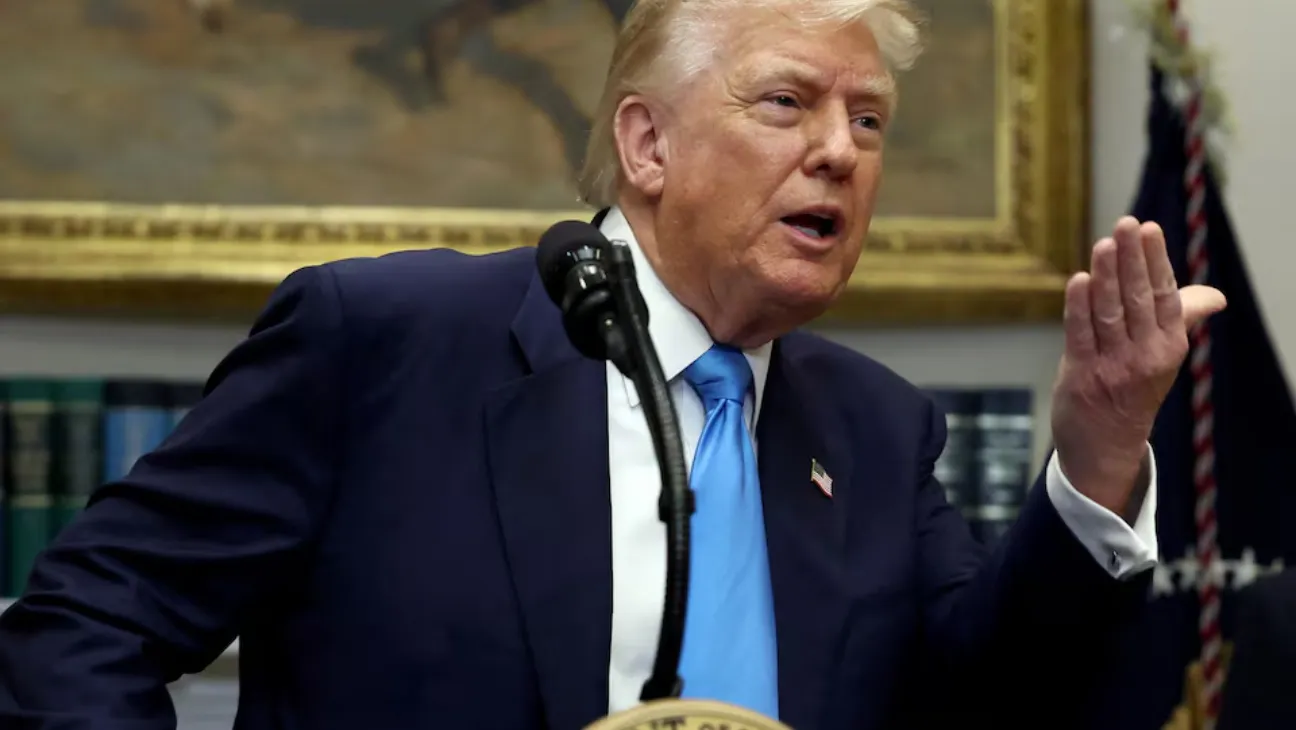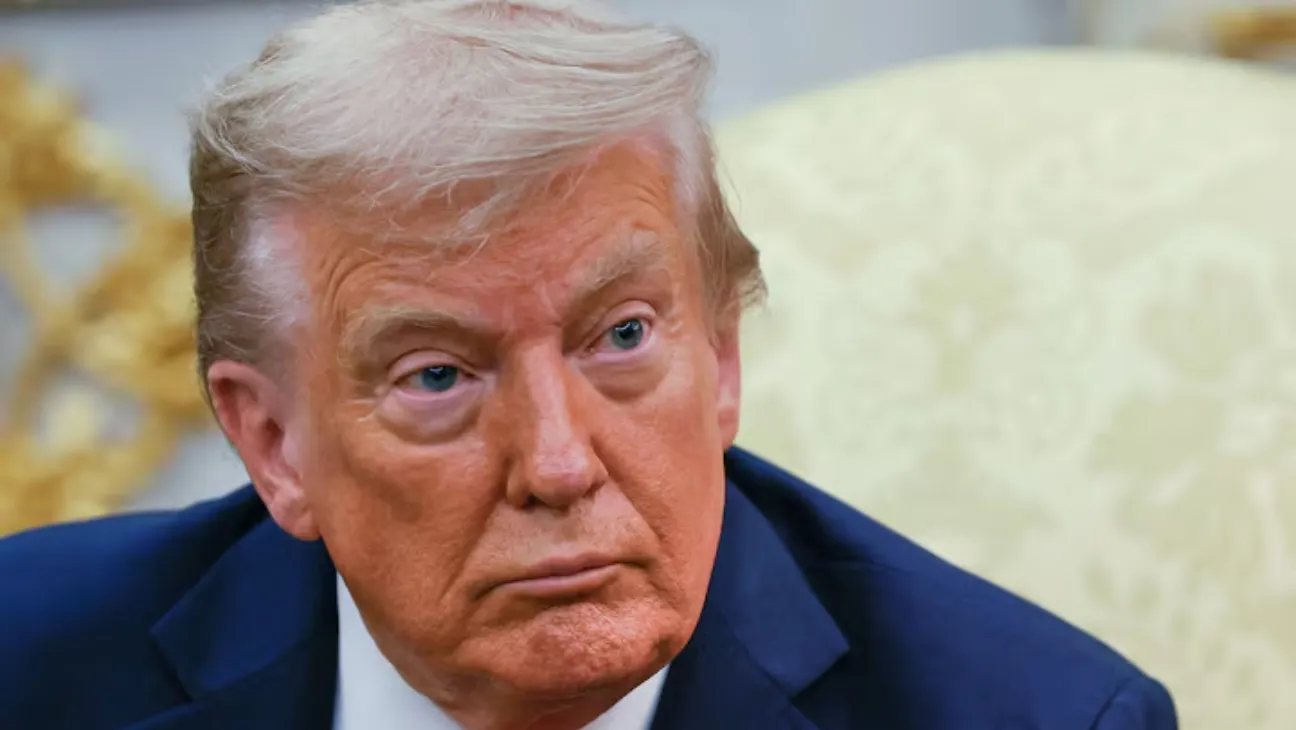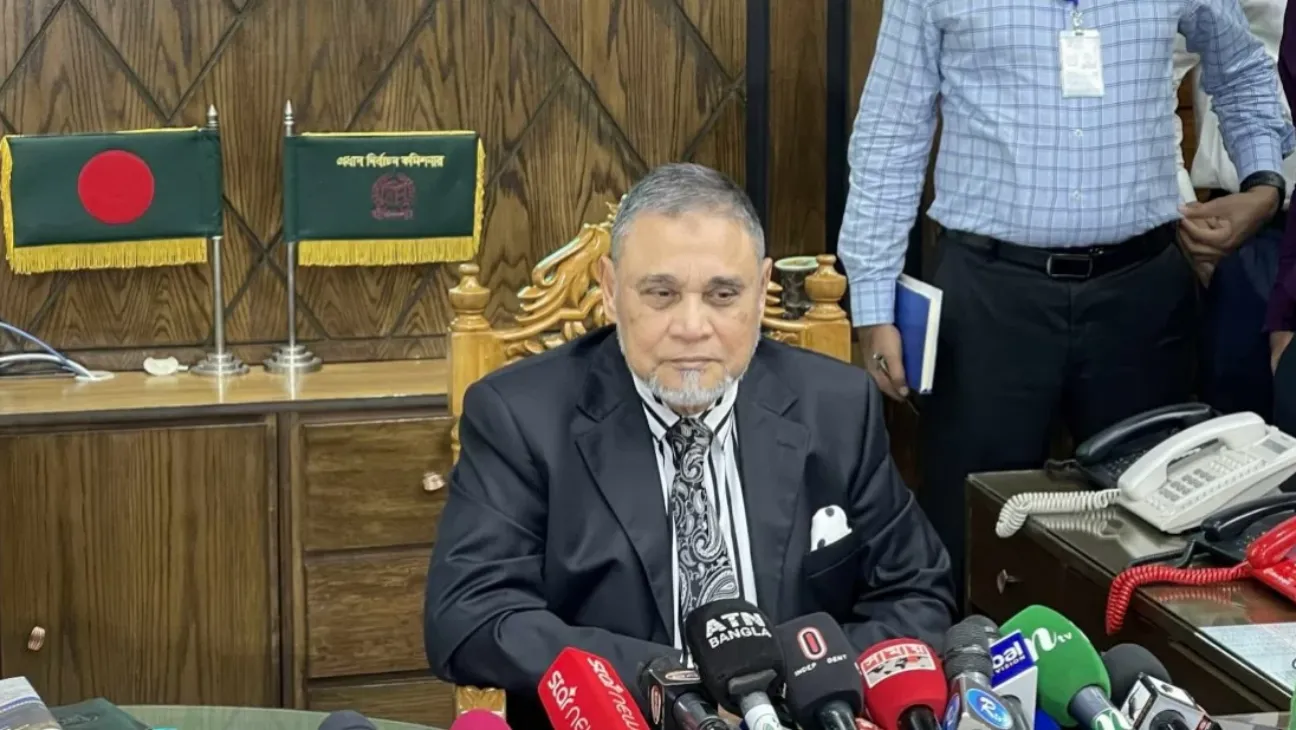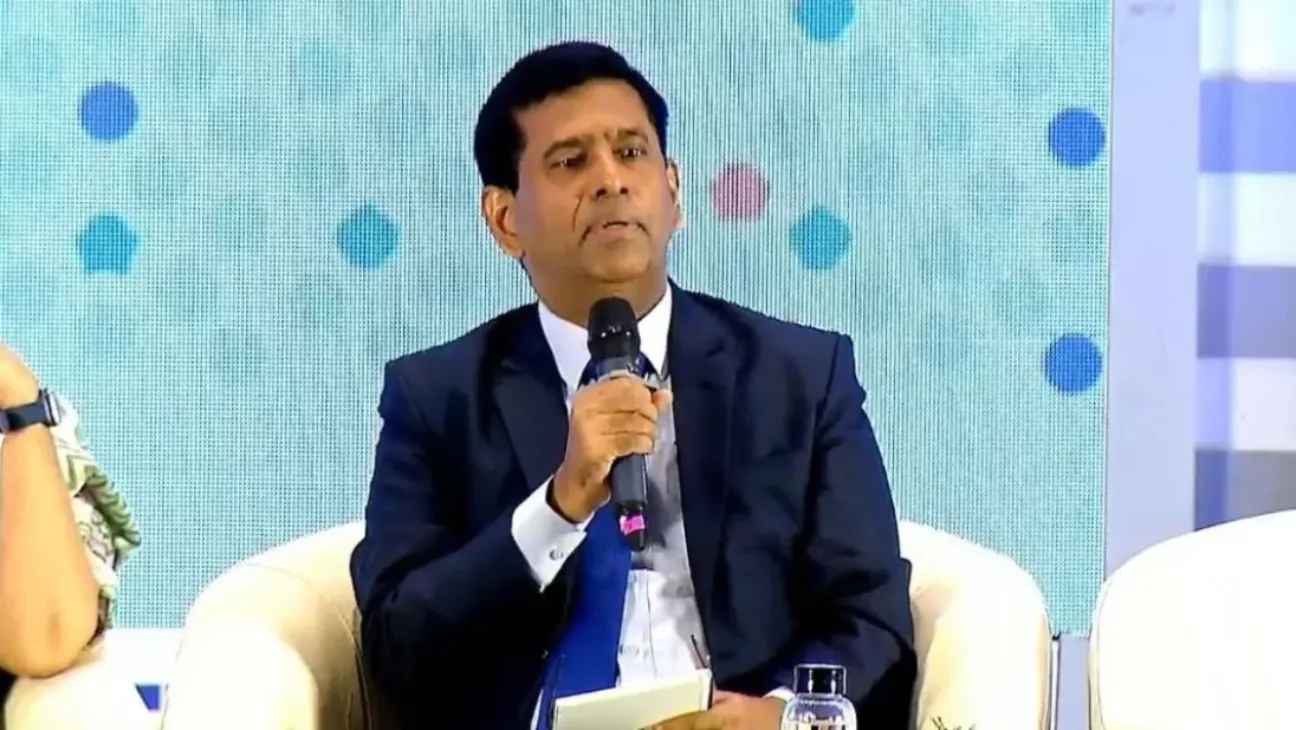President Trump is talking tough on Russia again. On Friday, he posted on social media that he’d ordered two nuclear subs into position—a direct shot back at Dmitry Medvedev’s recent warnings about a nuclear war.
While it definitely escalates the war of words with Moscow, security experts say it doesn’t change much militarily. After all, U.S. subs are deployed all over the world and can already hit Russian targets without anyone ever seeing them move.
Trump’s statement followed Medvedev’s remarks Thursday, when the Russian official said Trump should “remember” that Moscow retains Soviet-era nuclear strike capabilities. Trump responded publicly, calling the comments “foolish and inflammatory.”
“Based on the highly provocative statements of the Former President of Russia, Dmitry Medvedev … I have ordered two Nuclear Submarines to be positioned in the appropriate regions, just in case these foolish and inflammatory statements are more than just that,” Trump wrote.
Pressed by reporters about the order, Trump shot back with a simple explanation: “A threat was made by a former president of Russia, and we’re going to protect our people.”
As you’d expect, both the Navy and the Pentagon refused to say a word about any submarine movements. They just pointed to the military’s old rule about never revealing where its nuclear subs are.
Security Experts Urge Caution
Arms control specialists said Trump’s statements risk sending unnecessary signals.
Hans Kristensen of the Federation of American Scientists said the U.S. already has nuclear-armed submarines ready to strike. “The subs are always there all the time and don’t need to be moved into position,” he said, adding that Trump’s response amplified Medvedev’s rhetoric.
Daryl Kimball, executive director of the Arms Control Association, called the social media announcement “irresponsible and inadvisable,” saying that even casual nuclear threats can escalate tensions.
America’s nuclear submarine force is built around 14 Ohio-class boats. Usually, somewhere between eight and ten of them are actively deployed at sea.
Each one of these subs is essentially a secret missile silo roving under the ocean. From just one boat, they can launch 24 Trident missiles, each of which splits into several nuclear warheads mid-flight.
Political and Military Context
The exchange underscores growing friction between Trump and Russian President Vladimir Putin. Trump has expressed frustration that Moscow has not agreed to a ceasefire in Ukraine, recently giving Russia “10 days” to respond to his demands or face tariffs.
Evelyn Farkas, a former senior Pentagon official and now head of the McCain Institute, said the statement was more about signaling than preparing for conflict. “It’s really signaling. It’s not the beginning of some nuclear confrontation, and nobody reads it as such,” she said.
Moscow has shown no sign it will comply with Trump’s deadline. On Friday, Putin said the war’s momentum was in Russia’s favor and that he remained open to talks, but he made no reference to Trump’s 10-day timeline.
Trump, who once promoted his good relationship with Putin, has recently described Russia’s actions in Ukraine as “disgusting” and accused the Russian leader of “bullshit” over the stalled peace process.









